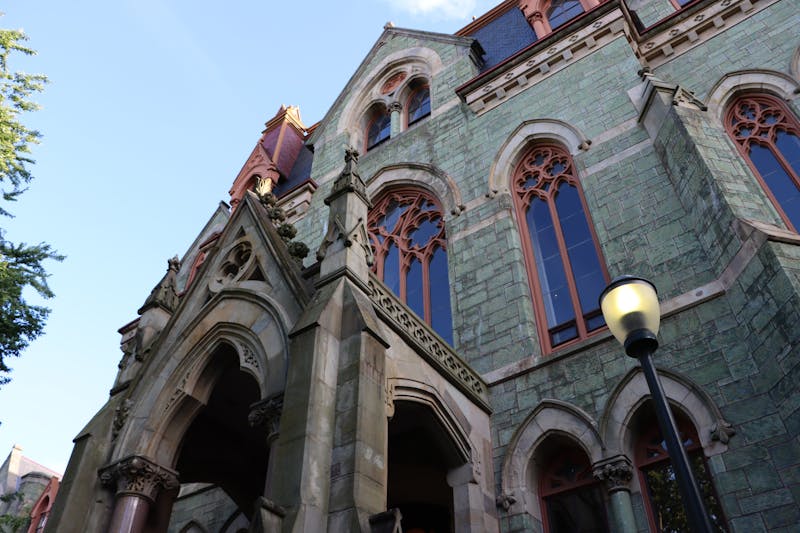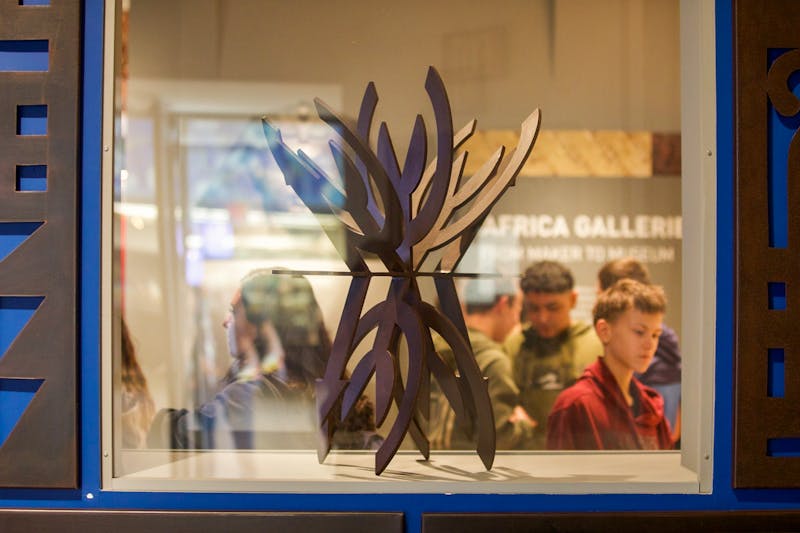
Trigger Warning: This article contains mentions of graphic violence and violence against children that may be disturbing for some readers.
As the sun set on Dhaka, the capital of Bangladesh, its streets were stained with the tears and blood of its youth. In early July, student protests against the country’s biased quota system escalated into violent confrontations, resulting in the tragic loss of hundreds of students, including several children aged 5 to 18, and causing lifelong injuries among civilians. Some of our Bangladeshi peers who spent their summer in Bangladesh have returned to campus after witnessing these horrific scenes firsthand, carrying with them the weight of the violence and loss they experienced. As a student at a globally impactful institution like Penn, we must stand in solidarity with our Bangladeshi peers, recognizing the profound implications of their struggle for justice and equity. We have a responsibility to hold accountable those responsible for the mass killings, arrests, assaults, lawsuits, enforced disappearances, and murders of students across Bangladesh.
The quota system in Bangladesh had been introduced to benefit the children and grandchildren of freedom fighters from the Liberation War, reserving 30% of government jobs for them. While the intent was to recognize their sacrifices, this high percentage limited opportunities for other highly qualified candidates. Moreover, many children and grandchildren of freedom fighters do not possess the necessary certificates to prove their eligibility, leading to discrimination against students with significant merit and potential. As a result, Bangladeshi students were justified in calling for the outdated quota system to be replaced with a merit-based system, advocating for their rights and demanding a fairer approach.
However, their peaceful protests were met with brutal force. When violence erupted on July 15, at least 211 people were killed, and thousands were injured. Approximately 10,000 individuals were arrested in July in connection with clashes at protests and attacks on state properties. Reports of police using live ammunition and tear gas on unarmed protesters shocked the nation and the world. The government attempted to suppress the protest by closing all educational institutions, using their student wing, the Chhatra League, against the protestors, deploying police, the Bangladesh Armed Forces, and border guards and ultimately declaring a nationwide shoot-on-sight curfew. The army was deployed across the country amid an unprecedented nationwide internet-and-mobile-connectivity blackout for 11 days, cutting off the 171 million Bangladeshis from the rest of the world. As civil unrest grew, working-class individuals joined the protests, facing tear gas, machete assaults, and rubber bullets. Reports emerged of sound grenades, aerial surveillance, and door-to-door raids by plainclothes officers targeting individuals who supported the protests. Since the tragic events surrounding the 1952 Language Movement — when students lost their lives fighting for their linguistic rights — Bangladesh has not experienced such widespread and brutal crackdowns on its youth.
Children were shot from the balcony of their homes. Naima, a bright 10th-grader, was fatally shot during clashes over the quota reform movement on July 19. Her father, Golam Mostafa, shared that “we hoped our daughter would be a doctor one day. Now, our dreams are shattered.” At least 16 children, including nine students and a preschooler, lost their lives in the brutal clash. Among these young victims, four were killed in their homes. One of them, six-year-old Riya Gope, was fatally struck by a bullet while she was on the rooftop of her home. Another innocent child, Ahad, rushed to the balcony with his parents, hoping to make sense of the commotion. But as they stood there, a bullet struck Ahad in the right eye, leaving him bleeding and unconscious. Their young lives were tragically altered in a moment, their innocence shattered by an unimaginable act of violence.
The violent suppression of student protests in Bangladesh is a stark reminder of the broader human rights challenges faced by young people around the world. A peaceful protest against a state policy descending into such lawlessness shows the government’s lack of foresight and ineffective policy governance. The situation transcended the quota system; it represented a broader issue of students exercising their right to peaceful protest, only to be met with brutal violence. The courage shown by Bangladeshi students resonates with the struggles of youth everywhere.
At Penn, our diverse community includes many Bangladeshi students whose perspectives enrich our lives. The situation in Bangladesh affects us all, urging us to acknowledge their pain and stand in solidarity. Education is a powerful tool for change, and these students fight for their future and that of generations to come. I urge the Penn community to educate themselves on Bangladesh’s current situation and the historical context of the protests. Share this knowledge, raise awareness, and take action, no matter how small. To our Bangladeshi peers, we stand with you in your fight for justice and equality. Your struggle inspires us all, and we are committed to supporting you at Penn and beyond.
TASNEEM REZA is a College and Wharton junior studying economics and statistics from New York City. Her email is rtasneem@sas.upenn.edu.
The Daily Pennsylvanian is an independent, student-run newspaper. Please consider making a donation to support the coverage that shapes the University. Your generosity ensures a future of strong journalism at Penn.
Donate






